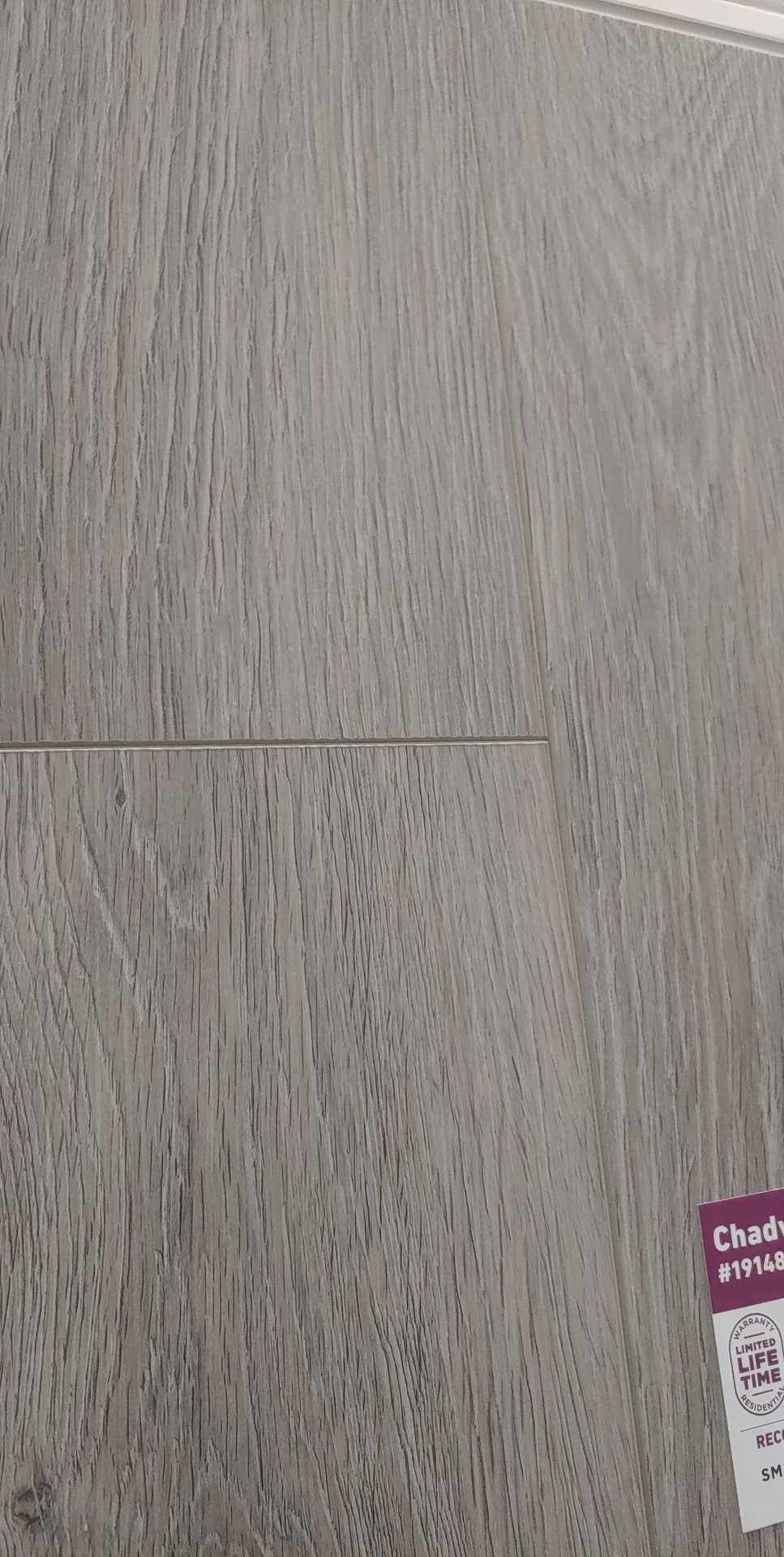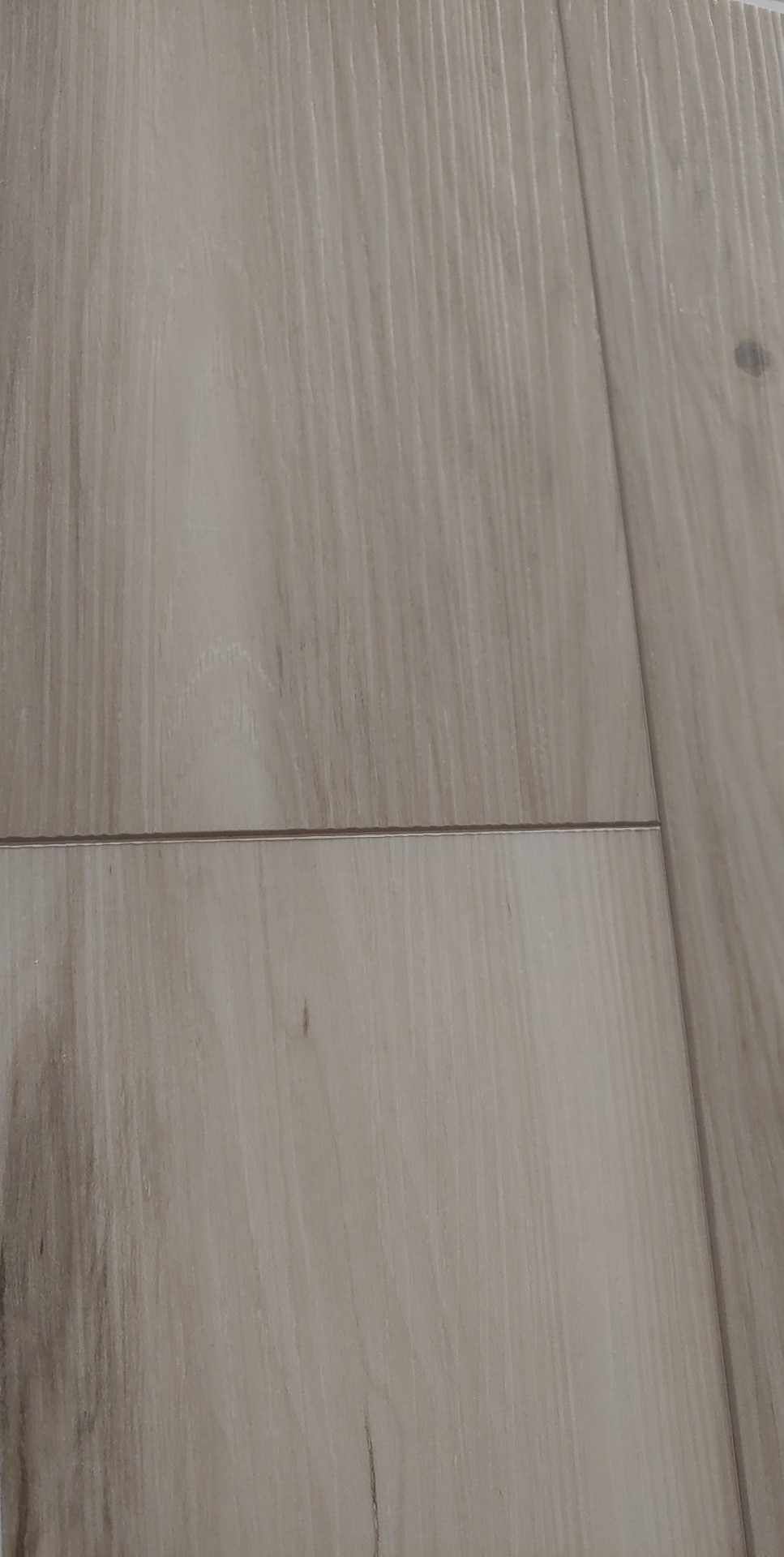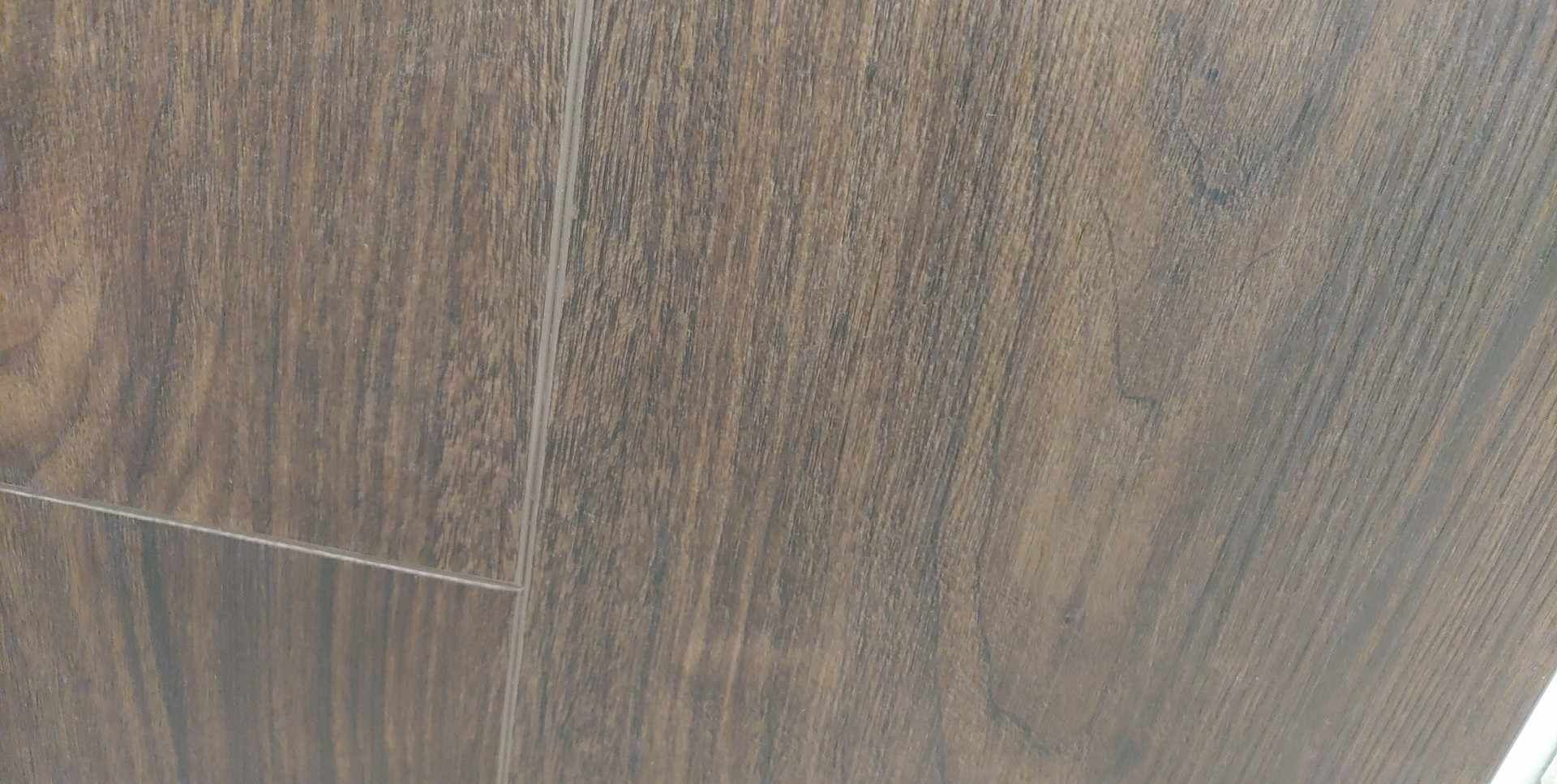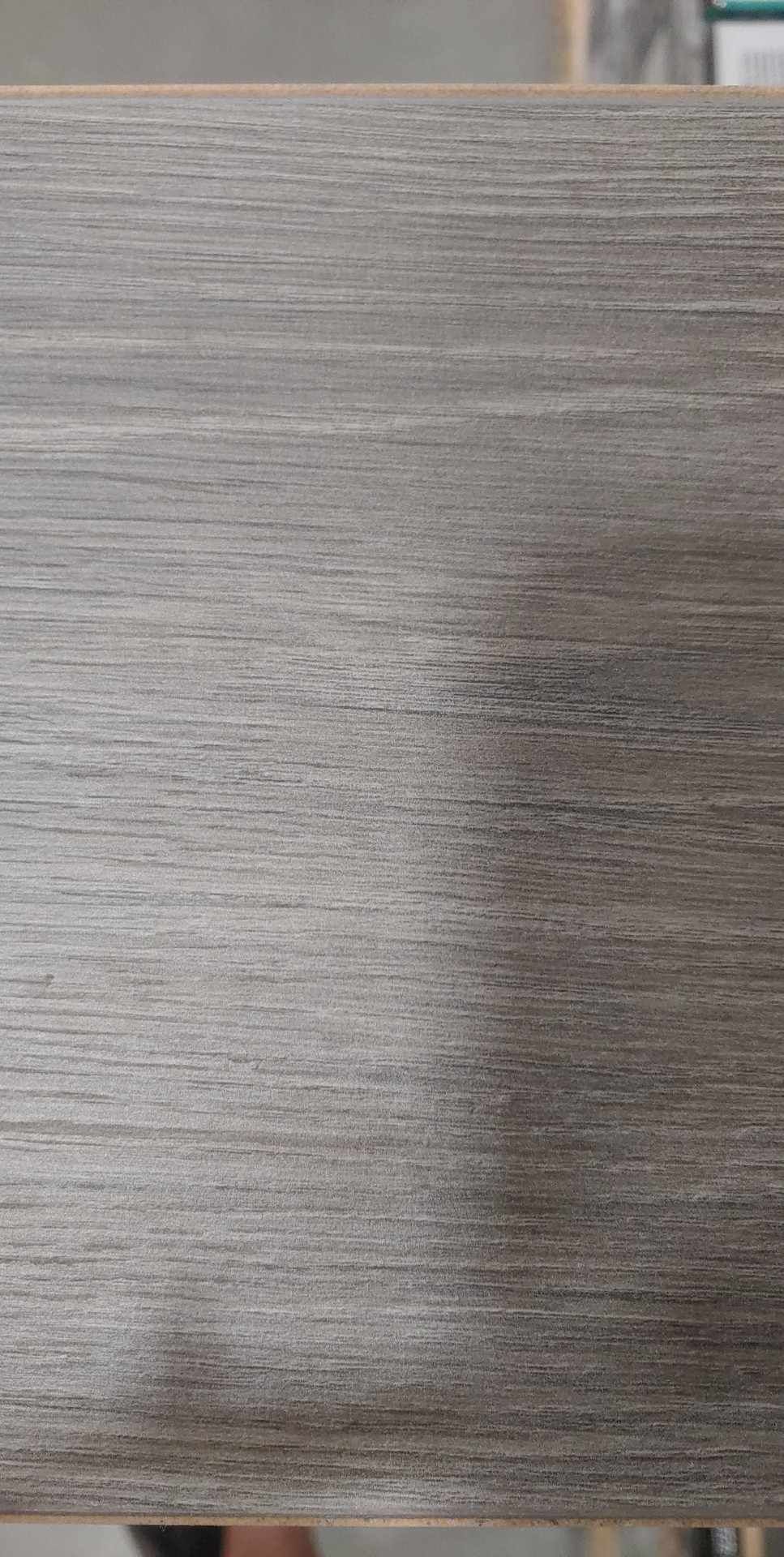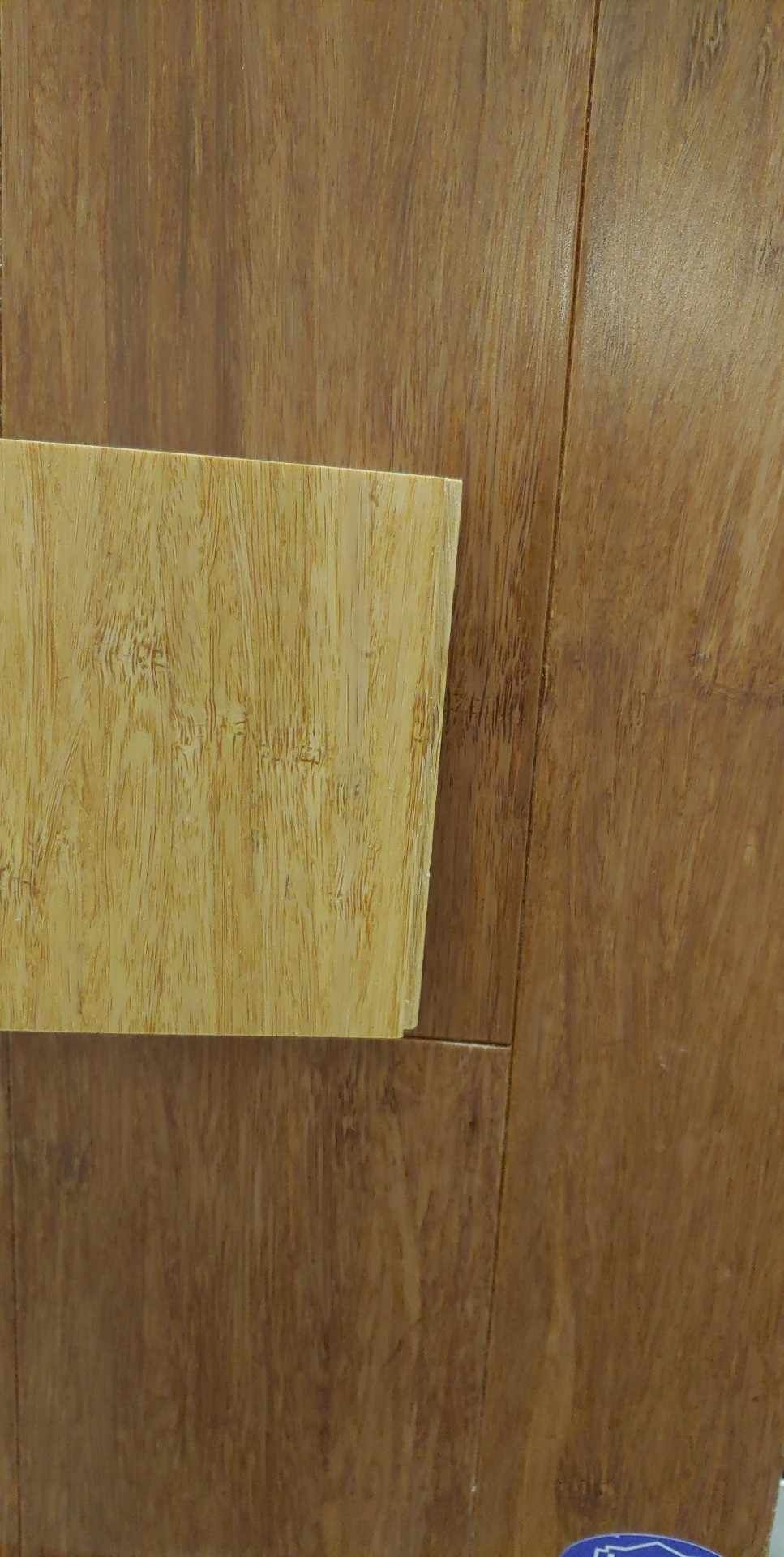Oak's distinct grain pattern helps to conceal dents and scratches. For these reasons, Oak is great for high-traffic areas and pet-friendly households. Its classic and traditional design complements almost any kind of decor and furniture. For all practical purposes, we regard oak flooring as the gold standard. The only reason why you might not desire Oak is if you prefer something with a less obvious grain pattern. Janka hardness rating: 700–1450
There are two varieties of oak flooring available: red oak and white oak. They differ just slightly in color, graining, and hardness. Otherwise, both possess the same characteristics. Red oak has a more reddish tint, whereas white oak has a variety of golden, brown, and gray tones. Some White Oak has a subtler grain pattern. As previously indicated, Red Oak is the most prevalent, but both are generally available. Oak has a tremendous array of different shades and hues of color, making it a very popular choice.

